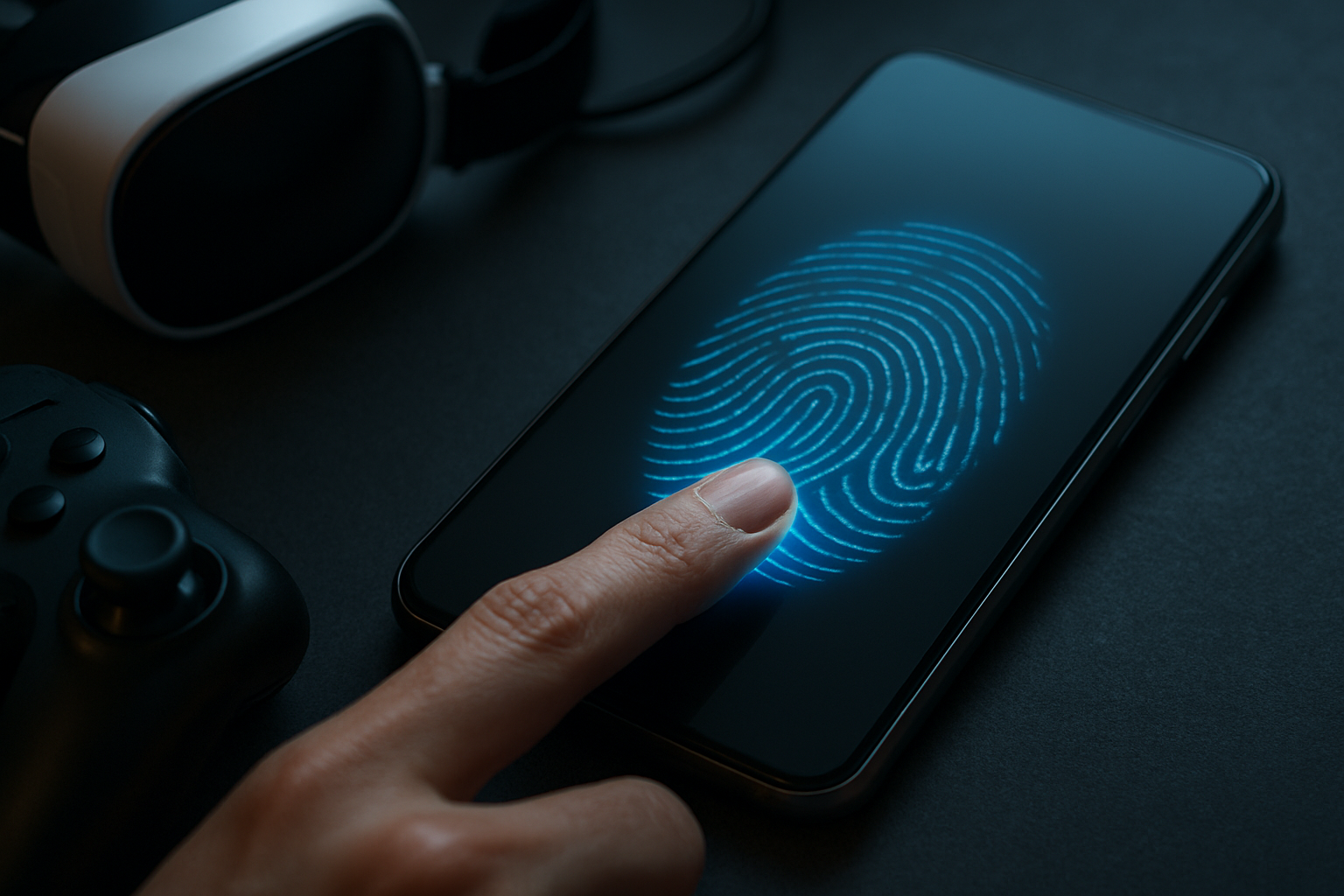Biometric Integration in Automotive Security
The fusion of cutting-edge biometric technology with automotive security systems is revolutionizing how we interact with and protect our vehicles. This innovative approach leverages unique biological characteristics to enhance security, streamline access, and personalize the driving experience. As vehicles become increasingly connected and sophisticated, biometric integration offers a promising solution to combat theft, unauthorized access, and even driver impairment. Let's delve into this fascinating intersection of biology and automotive engineering.

Facial Recognition: Beyond Unlocking Smartphones
While fingerprint sensors have paved the way, facial recognition technology is poised to take automotive biometrics to the next level. Advanced cameras and artificial intelligence algorithms can identify drivers and passengers, offering a hands-free method of vehicle access and personalization. This technology goes beyond simple unlocking; it can monitor driver alertness, detect signs of fatigue or distraction, and even adjust safety systems based on the occupant’s height and position.
Voice Authentication: The Power of Speech
Voice recognition systems have been a staple in many vehicles for years, primarily for infotainment control. However, the application of voice biometrics for security and personalization is an exciting frontier. By analyzing unique vocal characteristics, vehicles can authenticate drivers, authorize specific functions, and even detect emotional states. This technology offers a natural and intuitive way to interact with your vehicle while adding an extra layer of security.
Retinal Scanning: A Window to Secure Driving
While less common in current automotive applications, retinal scanning technology holds immense potential for enhancing vehicle security. The unique patterns of blood vessels in the retina offer an extremely accurate method of identification. Integrating retinal scanners into vehicles could provide unparalleled security for high-value or sensitive vehicle operations, such as starting the engine or accessing secure compartments.
The Road Ahead: Challenges and Opportunities
As with any emerging technology, the integration of biometrics in automotive security faces several challenges. Privacy concerns top the list, as biometric data is highly personal and requires robust protection. Ensuring the reliability of these systems across various environmental conditions and for diverse user groups is another hurdle. Additionally, the cost of implementing advanced biometric systems may initially limit their adoption to luxury vehicles.
Biometrics and the Connected Car Ecosystem
The true potential of automotive biometrics lies in its integration with the broader connected car ecosystem. Biometric data could seamlessly sync with smartphones, smart homes, and even infrastructure, creating a cohesive and personalized mobility experience. Imagine your car communicating with your smart home to adjust the temperature and lighting based on your biometric stress levels as you drive home.
Enhancing Fleet Management and Shared Mobility
In the realm of fleet management and shared mobility services, biometric integration offers significant advantages. It can streamline driver authentication, monitor driving behavior, and enhance accountability. For car-sharing services, biometrics could eliminate the need for physical keys or cards, making the process more convenient and secure for users.
The Intersection of Biometrics and Insurance
The automotive insurance industry stands to benefit greatly from biometric integration. By accurately identifying drivers and monitoring their behavior, insurers can offer more personalized and fair pricing models. Additionally, biometric systems could play a crucial role in preventing insurance fraud by ensuring that the insured driver is indeed the one behind the wheel.
Ethical Considerations and Regulatory Landscape
As biometric technology becomes more prevalent in vehicles, it raises important ethical questions. How much personal data should cars be allowed to collect and store? Who has access to this information, and how is it protected? Regulatory bodies worldwide are grappling with these issues, working to establish guidelines that balance innovation with privacy protection and ethical use of biometric data in automotive applications.
The Future: Biometrics and Beyond
Looking ahead, the integration of biometrics in automotive security is just the beginning. We may see the development of even more advanced systems, such as gait recognition for keyless entry or heartbeat patterns for continuous driver authentication. As vehicles become more autonomous, biometric systems could play a crucial role in ensuring passenger safety and personalizing the in-car experience.
The incorporation of biometric technology in automotive security represents a significant leap forward in how we interact with our vehicles. It promises enhanced security, unparalleled convenience, and a deeply personalized driving experience. As this technology continues to evolve and overcome current challenges, we can expect to see widespread adoption across various vehicle segments. The road ahead for automotive biometrics is exciting, paving the way for a future where our cars know us as well as we know ourselves.





